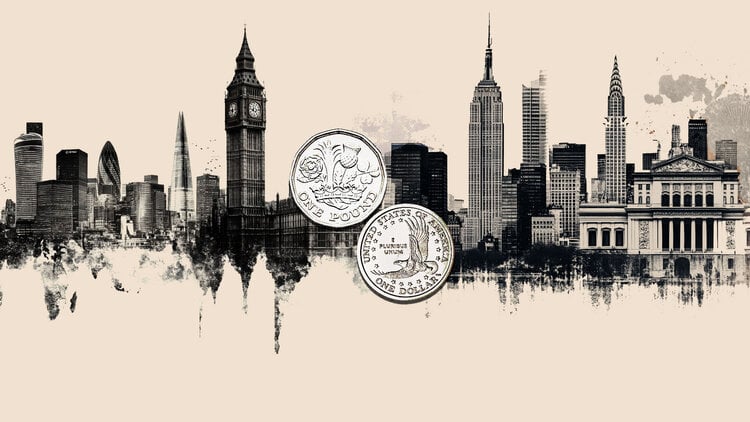- EUR/USD loses traction to around 1.0550 in the Asian session on Monday.
- Markets see a possible rate cut in December by the Fed.
- The ECB is expected to cut another 25 bps at its December meeting on Thursday.
The EUR/USD pair is trading with a slight negative bias near 1.0550 on Monday during Asian trading hours. Investors will closely monitor the US Consumer Price Index (CPI) inflation report for November, due out on Wednesday. On Thursday, the European Central Bank’s (ECB) interest rate decision will be in the spotlight. Investors will be looking for clues about what comes next.
Expectations of a quarter-point rate cut by the Federal Reserve (Fed) on December 18 grew last week after the jobs report showed strong job creation, but not at a pace that would necessarily would discourage Fed officials from lowering rates to the 4.25 to 4.5% range from their current range of 4.5 to 4.75%.
With hopes high for a U.S. interest rate cut later this month, Wednesday’s inflation data could serve as the only possible hurdle to a third straight rate cut by the Fed. that annual consumer inflation rises to 2.7% year-on-year in November from 2.6% in October. Core inflation, which excludes volatile food and energy prices, is projected to remain stable at 3.3% year-on-year in November.
The European Central Bank (ECB) is expected to deliver its fourth interest rate cut of the year at its last policy meeting of 2024 on Thursday. Analysts expect the ECB to stick to its data-dependent guidance by reiterating that it is “not pre-committing to a particular rate path.” However, ECB President Lagarde’s press conference could offer some clues about the outlook for interest rates. Any dovish comments from ECB policymakers could weigh on the Euro (EUR) against the US Dollar.
The Euro FAQs
The Euro is the currency of the 19 countries of the European Union that belong to the eurozone. It is the second most traded currency in the world, behind the US dollar. In 2022, it accounted for 31% of all foreign exchange transactions, with an average daily turnover of more than $2.2 trillion per day. EUR/USD is the most traded currency pair in the world, accounting for an estimated 30% of all transactions, followed by EUR/JPY (4%), EUR/GBP (3%) and EUR/AUD (2 %).
The European Central Bank (ECB), headquartered in Frankfurt, Germany, is the reserve bank of the eurozone. The ECB sets interest rates and manages monetary policy. The ECB’s primary mandate is to maintain price stability, which means controlling inflation or stimulating growth. Its main tool is the increase or decrease in interest rates. Relatively high interest rates (or the expectation of higher rates) tend to benefit the euro and vice versa. The Governing Council of the ECB makes decisions on monetary policy at meetings held eight times a year. Decisions are made by the directors of the Eurozone’s national banks and six permanent members, including ECB President Christine Lagarde.
Eurozone inflation data, measured by the Harmonized Index of Consumer Prices (HICP), are an important econometric indicator for the euro. If inflation rises more than expected, especially if it exceeds the ECB’s 2% target, it forces the ECB to raise interest rates to bring it back under control. Relatively high interest rates compared to their counterparts tend to benefit the euro, making the region more attractive as a place for global investors to park their money.
The published data measures the health of the economy and may have an impact on the euro. Indicators such as GDP, manufacturing and services PMIs, employment and consumer confidence surveys can influence the direction of the single currency. A strong economy is good for the Euro. Not only does it attract more foreign investment, but it may encourage the ECB to raise interest rates, which will directly strengthen the euro. Otherwise, if economic data is weak, the Euro is likely to fall. Economic data for the four largest eurozone economies (Germany, France, Italy and Spain) are especially significant, as they represent 75% of the eurozone economy.
Another important data that is published about the Euro is the trade balance. This indicator measures the difference between what a country earns from its exports and what it spends on imports during a given period. If a country produces highly in-demand export products, its currency will gain value simply from the additional demand created by foreign buyers seeking to purchase those goods. Therefore, a positive net trade balance strengthens a currency and vice versa in the case of a negative balance.
Source: Fx Street
I am Joshua Winder, a senior-level journalist and editor at World Stock Market. I specialize in covering news related to the stock market and economic trends. With more than 8 years of experience in this field, I have become an expert in financial reporting.







